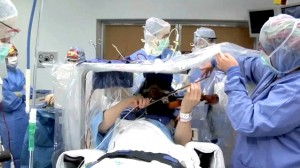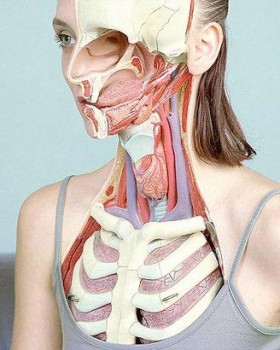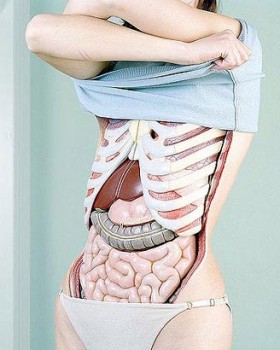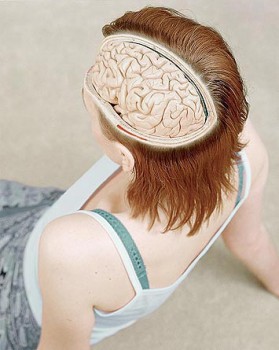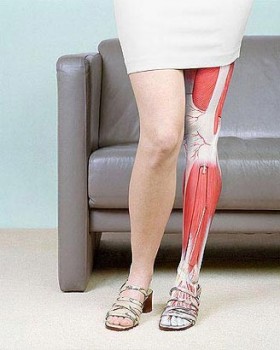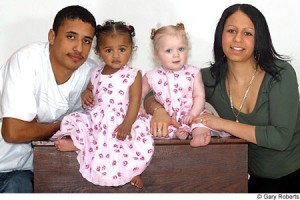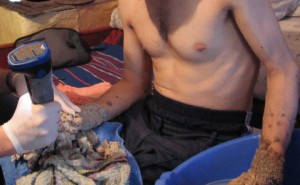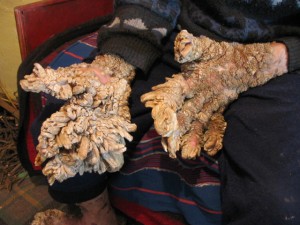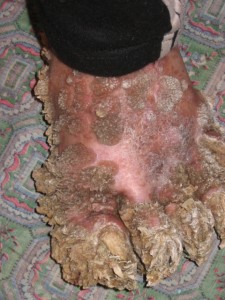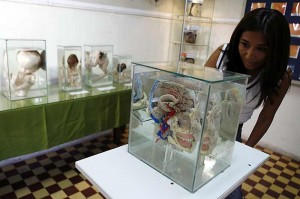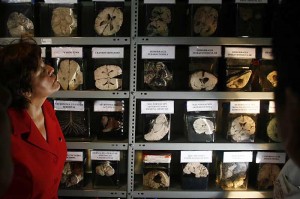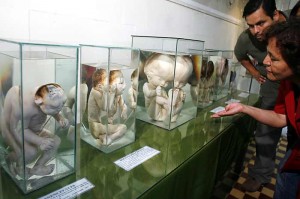Roger Frisch, a solo violinist and associate concertmaster for the Minnesota Orchestra, and how he came to Mayo Clinic and Dr. Kendall Lee (neurosurgeon) for relief of a career-threatening tremor.
Category: Medlinks
Damn Racists
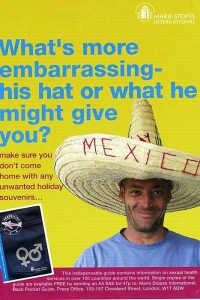
The english organization Marie Stopes International maintains a campaign to alert british citizens on the risks of acquiring venereal diseases or non-wished pregnancies when traveling to Mexico.
“What is more embarrassing, his hat or what he might give you? Make sure don’t come home with any unwanted holiday souvenirs”
This poster is very offensive and annoying. It’s an insult for my Country and it will frighten tourists. MFs, try to think before offend.
SurgeXperiences 1.03
![]()
Welcome to the third edition of SurgeXperiences, the first carnival of surgery. I’m honored to bring you this surgical carnival.
This will be a practical and concise edition. The objective of blogs (in my point of view) is to answer questions as quickly as possible, so lets start with the HOW-TOs. Enjoy.
- How to classify fingertip injuries and amputations and how to treat them? This is a nice abstract in where we will learn how to close the wound, maximize sensory return, preserve length, maintain joint function, and achieve a satisfactory cosmetic appearance. This is a Must Read!
- How to survive surgical training when your boss is really mean? A touching and insightful story. Luckyly those times are changing.
- How must be your surgeon? How to make the perioperative experience a smooth one for patients, nurses and surgeons? Great tips for all of us. Don’t lose the floor.
- What are the complications of Mitral Valve Replacement? An excellent reminder.
- How to choose a rehabilitation center? What are their services, facilities, costs and credentials?
- How is the clinical presentation of severe pancreatitis? I love hard cases as this one.
- How much farther have we advanced in medicine since the days of trepanation? Do you know that people had holes drilled in their heads voluntarily and they state that this results in more energy and an increased feeling of consciousness and lessens repression?
- How a prosthetic robotic arm works? Nice videos!
- How a simple procedure (lateral sphicterectomy) can lead to a satisfyingly outcome for both the patient and the surgeon?
- How to interpret the new article that assures the relationship between breast implants and suicide rates?
- How to be thankful to a surgeon and how a surgeon can change your life? Charming story that guides me to always give the best of me.
- How an amebic brain abcess looks like? You will never forget to keep it as a differential.
- How a simple order can trigger a defense mechanism? Try to not give orders to therapydoc.
- Should mesalamine be stopped prior surgery? Why?
- How to manage those the difficult situations involving CPR? A very insightful view and nicely written.
- How to back in time for 3 decades and deny the link between AIDS and VIH? Do you think that the truth may prevail?
- What kind of role a military surgeon play in war zone? Sharing his thoughts and feelings about Air Force training.
Thank you for your time and participation. Make sure you read the next edition of SurgExperiences, created by Jeff Leow
Digital manipulation
Artist Koen Hauser is a specialist in digital picture manipulation. This collection is called Modische Atlas der Anatomie.
Lovely work I said.
B&W twins – One in a million
Kylie Hodgson gave birth to twin daughters by caesarean section, then she realised a difference between them.
This amazing conception happened after two eggs were fertilised at the same time in the womb.
The odds against of a mixed race couple having twins of dramatically different colour are a million to one.
Skin colour is believed to be determined by up to seven different genes working together. For a mixed-race couple, the odds of either of these scenarios is around 100 to one. But both scenarios can occur at the same time if the woman conceives non-identical twins, another 100 to one chance.
This involves two eggs being fertilised by two sperm at the same time, which also has odds of around 100 to one.
If a sperm containing all-white genes fuses with a similar egg and a sperm coding for purely black skin fuses with a similar egg, two babies of dramatically different colours will be born.
The odds of this happening are 100 x 100 x 100 – a million to one.
Anorexia, Bulimia & Body dysmorphic disorder
Lets think about this disorders.
ABKontaktTheMirror
Uploaded by baronrojo
Bizarre dermatologic lesions
Via Boingboing
Link WFMU’s
A missionary in Eastern Europe recently reported an extremely rare (condylomatosis) skin condition. This disease is called Lewandowsky-Lutz dysplasia. This missionary wrote:
I found this man, and other than his hands and feet, he looked and seemed in good health. As best as I could gather these growths began when he was 14 years old, and began in the area of his wrists. The skin on his wrists and the back of his hands resembles that of a hedgehog – hundreds of spike like growths. The problem is much more severe on his palms and fingers where the growths resemble very much that of nails infected with a fungus. The growths have that same texture, smell and feel. I cut a number of the largest growths off, most of witch did not bleed. Some of the smaller growths did bleed a small amount and he seemed much more sensitive to the cutting of the smaller growths.
It has grown slowly but steadily but has not spread to other parts of his body, just a bit below his knees on his legs. He has other skin growth (many would be skin tags) on his face, and some moles on his chest. The growths are not as bad on his feet but I was told that more than 10 years ago many we cauterized off his feet, and they did not return. I think with repeated soaking and cutting most could be removed but other parts will I think need to be burned away in some form.”
He has 15 skin tags on his face, and a wart in one ear.
Bizarre pictures:
Brain Disease Museum (rare)
The neuropathologist Diana Rivas from Perú runs a Museum of brains and she states that this show is unique in the World.
This museum has an inventory of 2,998 brains and counting. Rivas studies neurological diseases and psychiatric disorders but, unlike prestigious brain banks around the World, she allows entrance to the general public.
There is a brain of the Creutzfeld-Jakob disease.
Her goal is to educate people.
“It’s true. Alcohol and drugs kill brain cells”, she said.
Fact: The greatest brain bank in the World is the Harvard Brain Tissue Resource Center.
Mexican scientific work is Worldwide recognized
The British journal The Lancet chose as Paper of the Year an investigation published in January 2006 by Guillermo Ruiz-Palacios y Santos about rotavirus vaccine.
This study, included 63,225 breastfeeded infants and was first published by the New England Journal of Medicine.
With their conclusions, the Mexican government will change the National Vaccination Scheme, and now will include rotavirus vaccine.
Congratulations to Dr. Ruiz-Palacios and all the crew of the Human Rotavirus Vaccine Study Group.
